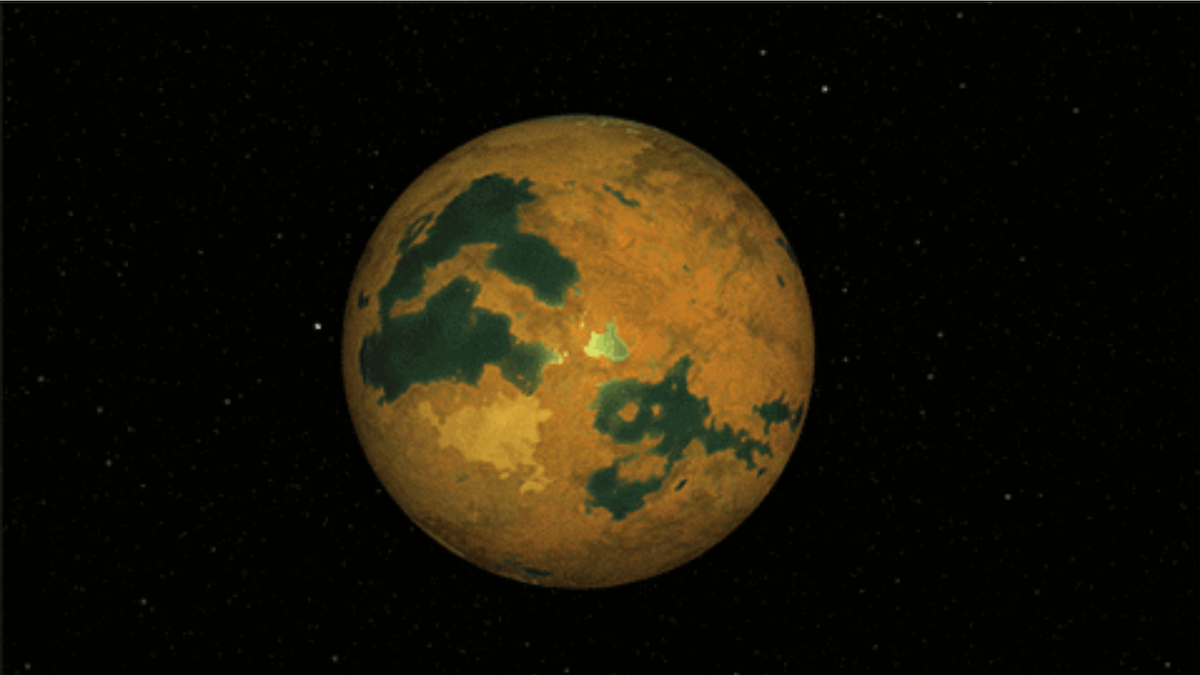
We’re sorry to disappoint Star Trek fans, but the exoplanet often compared to Mr. Spock’s fictional world has turned out to be nothing more than star flickers masquerading as a super-Earth.
The discovery of the planet was first announced in 2018, much to the delight of trekkies as it was thought to be orbiting the star 40 Eridani A. In the Star Trek universe, the star 40 Eridani A hosts Spock’s home planet. Fans were elated by the discovery, comparing planet HD 26965 b to the fictional Vulcan.
Advertisement
Unfortunately, it seems that HD 26965 b was never really there. Instead, its detection was likely the result of pulses or jitters produced by the star itself, according to a new study published in The Astronomical Journal.
The planet was initially discovered using the radial velocity method, which tracks subtle shifts in starlight to observe alien worlds orbiting stars. The gravity of an orbiting planet tugs on a star one way then another, causing it to “wobble” in a sense. This method is especially helpful for large planets, but detecting smaller ones can be a bit tricky.
Advertisement
Related article: Astronomers Really Thought These Discoveries Could Be Aliens
HD 26965 b was classified as a super-Earth, which means it was measured to be larger than Earth but smaller than Neptune. It was also thought to complete an orbit around its star in 42 days. At the time, the astronomers behind the discovery warned that it could be the result of some messy star action.
Advertisement
A different team of astronomers revisited the discovery using a recently installed instrument at the Kitt Peak National Observatory in Arizona, applying more finely tuned radial velocity measurements. After parsing out the planet’s signal at different wavelengths of light emitted from various levels of the star’s outer shell, the astronomers made a key discovery. They found notable differences between individual wavelength measurements and the combined signal of all the measurements.
From that, they concluded that the planet’s signal detected in 2018 was likely caused by the flickering of something on the star’s surface that happens to have a 42-day rotation. This stellar jitter could result from the turbulent mixing of hot and cool layers beneath the star’s surface, known as convection. Additionally, spots and bright, active regions on the star may be affecting its radial velocity signals.
Advertisement
Just as the fictional planet Vulcan was destroyed in Star Trek, its real-life replica no longer exists.
More: NASA Releases Catalog Packed With the Most Bizarre Alien Worlds
Services Marketplace – Listings, Bookings & Reviews